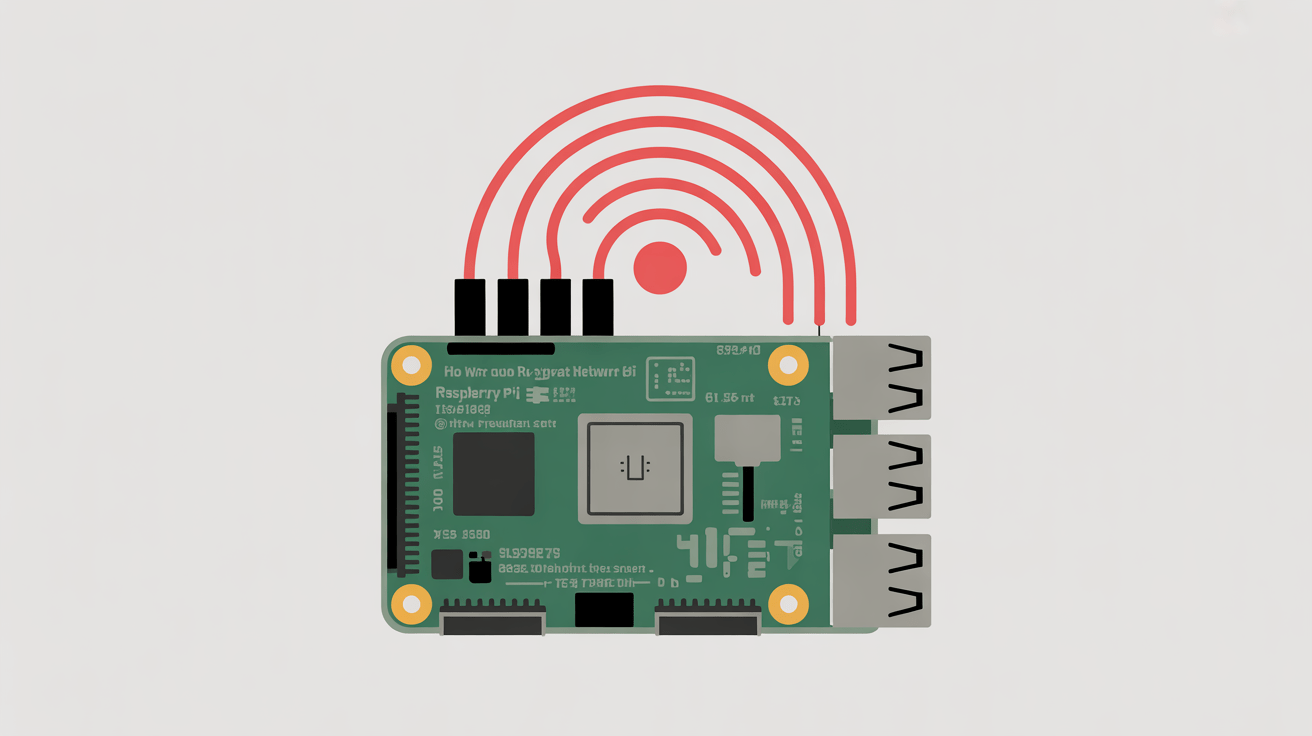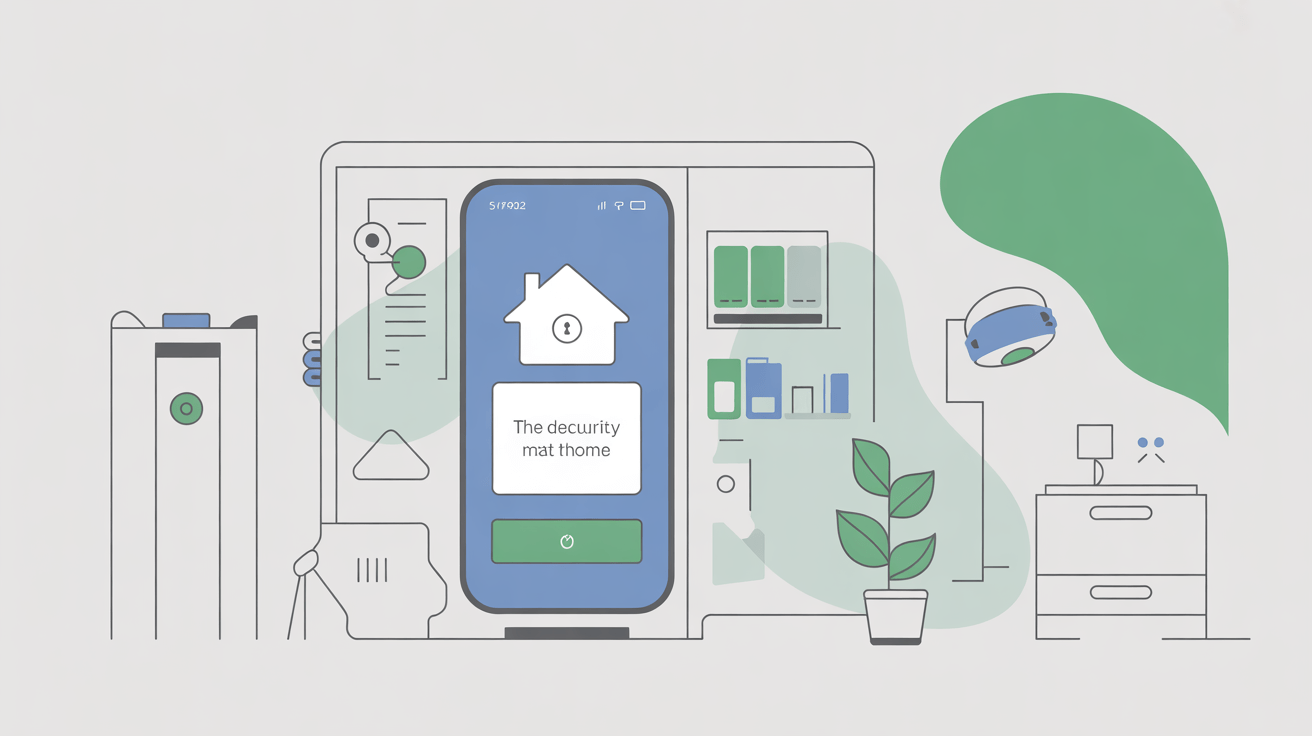
Setting Up a Scalable,Secure IoT Network at Home with Raspberry Pi
The rapid proliferation of the Internet of Things (iot) has transformed both enterprise and personal landscapes,enabling connected environments from smart homes to industrial automation. For developers, engineers, and iot enthusiasts, building a resilient home IoT network with Raspberry Pi provides a practical, low-cost, yet powerful platform to prototype, customize, and innovate. This in-depth guide explores how to architect and deploy a comprehensive IoT network at home anchored by raspberry Pi devices, covering hardware selection, networking protocols, security mechanisms, and application integrations tailored for an expert user base.
Understanding the Role of Raspberry Pi as the IoT Network Hub
Why Raspberry Pi is the Ideal Core for Home IoT Networks
Raspberry Pi devices are favored in the IoT community due to their versatility, abundant GPIO pins for sensor interfacing, and robust linux-based OS support, enabling extensive software customization from lightweight MQTT brokers to full-fledged automation servers. Their affordability coupled with low power consumption makes them pivotal as edge gateways or network coordinators within home IoT setups.
Choosing the Right Model: Pi 3B+, Pi 4, or Zero W?
The selection depends on project scope:
- Raspberry Pi 3B+ is a good balance of performance and cost, supporting Wi-Fi 802.11ac and Bluetooth 4.2 connectivity.
- Raspberry pi 4</strong offers substantially improved CPU power and up to 8GB of RAM for demanding workloads, essential if running multiple services or containerized apps.
- Raspberry Pi Zero W</strong, while ultra-low-cost and compact, offers limited RAM and CPU and is better suited as peripheral sensor nodes than hubs.
Hardware Accessories to Enhance Network Robustness
Equipping your Pi with a reliable power supply, a microSD card with sufficient I/O speed, and optional HATs (Hardware Attached on Top) such as Zigbee or LoRa modules enhances network capabilities beyond classic Wi-Fi or Ethernet. this modularity expands your device network breadth, permitting cross-protocol interoperability important in heterogeneous device environments.
Designing the IoT Network Architecture around Raspberry Pi
Layered IoT Network Architecture for Home Deployment
Effective IoT networks rely on a multi-layered structure, typically segmented as:
- Perception Layer: Physical IoT devices, sensors, and actuators collect environmental data.
- Network Layer: Transmits data securely; Raspberry Pi acts here as the gateway routing data from edge devices to cloud or local processing nodes.
- Application Layer: Manages processing, analytics, and visualization of data, frequently enough via web dashboards or mobile apps.
Integrating Protocols: MQTT, CoAP, and HTTP in Your IoT Stack
Selecting protocols depends largely on your devices and bandwidth constraints. MQTT, a lightweight publish-subscribe protocol designed for intermittent connections with low bandwidth, is typically hosted on Raspberry Pi (e.g., Mosquitto broker). CoAP can be used for constrained devices requiring RESTful communication, while HTTP/HTTPS facilitates integration with web-based dashboards or cloud services.
network Topologies: Star, Mesh, Hybrid Considerations for raspberry Pi-based IoT
Raspberry Pi can function as a coordinator in mesh networks (via Zigbee HATs) or serve as central hubs in star topologies. Hybrid models that combine Wi-Fi backbone with mesh-enabled sensor subnets offer resilience and scalability.
Setting Up Core Services on Raspberry Pi for IoT Network Management
Installing and Configuring an MQTT Broker (Mosquitto)
The MQTT protocol is vital for efficient IoT message passing. Deploy Mosquitto, a lightweight MQTT broker, on Raspberry Pi by executing:
sudo apt update
sudo apt install -y mosquitto mosquitto-clients
sudo systemctl enable mosquitto
sudo systemctl start mosquitto
Configuration should enforce user authentication and TLS encryption to mitigate man-in-the-middle attacks.
Edge data Processing: Running Node-RED and InfluxDB for Workflow Automation
Node-RED offers a visual programming habitat that simplifies wiring IoT devices and processing pipelines, while InfluxDB provides time-series data storage optimized for sensor streams.These can run concurrently on a Raspberry Pi to minimize latency and dependency on external cloud services.
Enabling Secure Remote Access to Your IoT Network
To control the IoT network remotely, set up a VPN server (OpenVPN or WireGuard) for encrypted tunnels into your LAN, or employ secure reverse proxies with robust authentication mechanisms-never expose MQTT ports directly to the internet.
Deploying and integrating IoT Sensors with raspberry Pi
Connecting Physical Sensors via GPIO and HAT Modules
Utilize Raspberry Pi’s GPIO pins alongside compatible sensors (temperature, humidity, motion, etc.) connected directly or through I2C/SPI buses. HAT add-ons for wireless protocols like Zigbee (CC2531) or LoRa (RAKWireless modules) provide extended range and device compatibility.
Programming Sensor Data Collection with Python and C++
The Raspberry Pi ecosystem deeply supports Python, easing development of sensor acquisition scripts. Libraries such as gpiozero for GPIO and paho-mqtt for MQTT client integration allow clean, event-driven sensor data publishing.
Data Normalization & Publish Strategies for Efficient Network Traffic
Implement batch data collection or threshold-triggered publishes rather than raw continuous streams to optimize network bandwidth and battery life in wireless sensors.
Ensuring Robust Security in your Raspberry Pi IoT Network
Hardening Raspberry Pi OS and Network Services
Follow best practices for Raspberry Pi OS security by changing default credentials, minimizing open ports, applying regular OS patching, and adopting strong firewall rules. Services like SSH should be restricted with key-based authentication and 2FA where possible.
Encrypting IoT Traffic and Authenticating Devices
Utilize TLS/SSL for MQTT and HTTPS communications. Device certificates or pre-shared keys facilitate mutual authentication, preventing rogue device injection.
Detecting Intrusions and Anomalies within the Network
Network Intrusion Detection Systems (NIDS) such as Snort or Zeek can be installed on secondary Raspberry Pi units to monitor traffic patterns for suspicious activity. Regular log auditing and anomaly detection frameworks add layered defenses suitable for home iot complexities.
Local and cloud-Based Data Analytics for IoT Systems Powered by Raspberry Pi
Leveraging Edge Computing vs. Cloud Aggregation
Process critical real-time data locally using Raspberry Pi’s edge compute capabilities to minimize latency, while syncing aggregated historical data to cloud platforms (AWS IoT, Azure iot Hub) for deep analytics, visualization, and long-term storage.
data Visualization Tools Compatible with Raspberry Pi
Grafana can be installed on Raspberry Pi or connected to a centralized server,offering rich dashboards for sensor data trends with customizable alerts tailored for home automation or research monitoring.
API Design for IoT Device Interoperability and Extensibility
Consistent RESTful or GraphQL APIs on the Raspberry Pi enable third-party app integration and foster an extensible ecosystem, allowing dynamic device onboarding and control.
Scaling Your Home IoT Network: Multi-Pi and Multi-Protocol Strategies
Deploying Multiple Raspberry Pis for Load Balancing and Redundancy
Distributing workloads across a cluster of Raspberry Pis leveraging Kubernetes or Docker Swarm enhances reliability and fault tolerance,particularly for high-throughput sensor networks.
Multi-Protocol Bridge Configurations
Configure gateway Pis to translate between Zigbee, LoRaWAN, Wi-Fi, and BLE, enabling legacy or diverse device ecosystems to unify seamlessly.
Network Performance Monitoring and KPI Metrics
Industry-Strength Applications and Real-World IoT Deployments on Raspberry Pi
Smart Home Automation and Energy Management
From temperature control and lighting to complex energy consumption monitoring, Raspberry Pi networks enable homeowners to implement solutions competitive with commercial offerings but with total control and privacy.
Environmental Monitoring and Research Platforms
Researchers leverage Pis to collect fine-grained environmental sensor data for air quality, soil moisture, or urban noise, aggregating facts to drive smart city initiatives or scientific studies.
Small-Scale Industrial IoT (IIoT) Proofs of Concept
Startups and SMEs use Raspberry Pi to prototype industrial-grade sensor fabrics, including machine health monitoring and predictive maintenance, before scaling on expensive proprietary platforms.
Common Pitfalls to Avoid When Building a Raspberry Pi IoT Network
Sacrificing Security for Convenience
Default passwords, lack of encryption, and open ports invite attackers. Always adopt a security-first mindset, balancing usability with safety.
Underestimating Power and Network Requirements
Insufficient power supplies or weak Wi-Fi signals degrade sensor reliability. Planning for these infrastructure needs upfront is critical to sustained uptime.
Ignoring Device and Network Scalability
Starting small without a scalable network design hinders future expansions. Embrace modular architectures and orchestration tools early.
Future Trends: Raspberry Pi and the Next Generation of Home IoT Networks
Migration Towards Low-Power Wide-Area Networks (LPWAN)
Integration with LoRaWAN and NB-IoT will empower ultra-low power long-distance sensor deployments in home contexts,a natural evolution for Raspberry Pi hubs supporting multi-protocol bridges.
Edge AI processing on Raspberry Pi
With ML frameworks like TensorFlow Lite optimised for ARM CPUs, Raspberry Pis will pivot to processing AI workloads locally, enhancing responsiveness and privacy.
Unified Open-Source IoT Platforms
Efforts like Home Assistant and OpenHAB growing alongside industrial open standards will continue to converge under Pi-powered gateways, enabling interoperable and user-friendly ecosystems.






